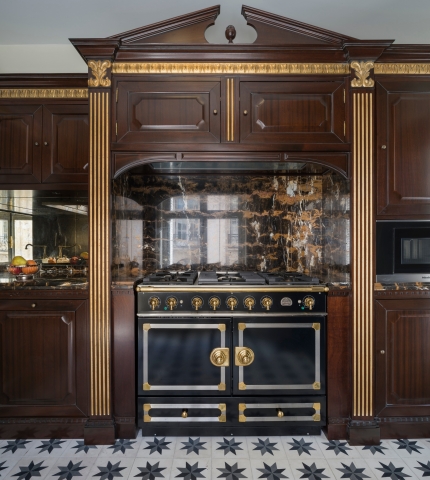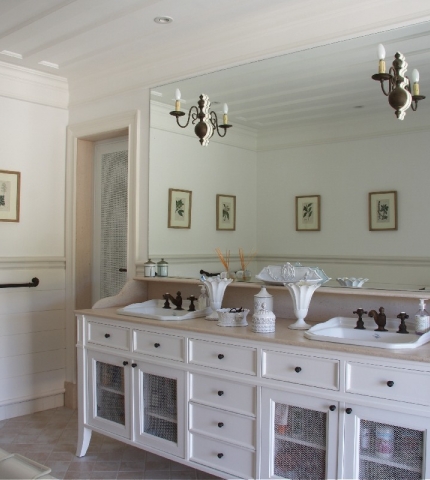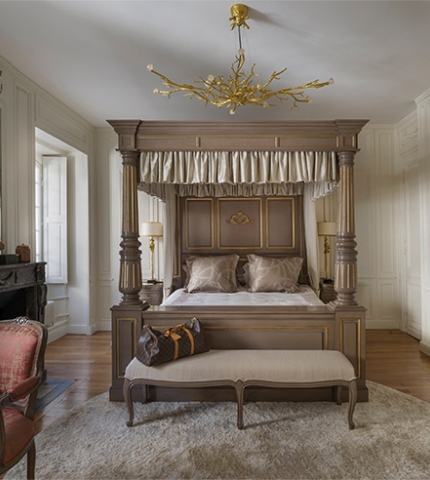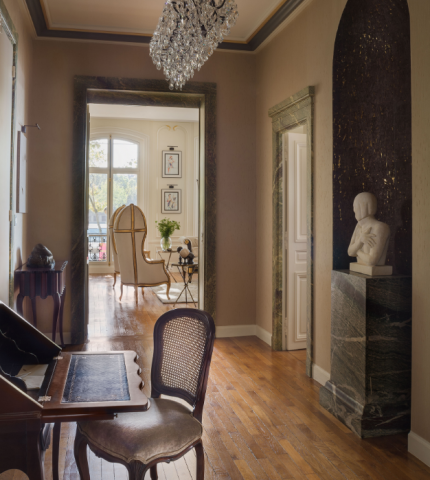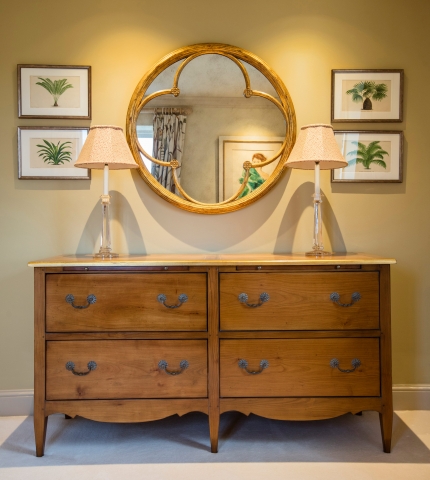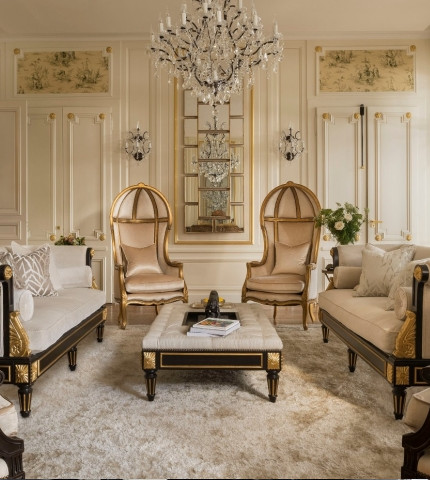Product Care
CARE INSTRUCTIONS
Wood is a natural material with variations in colour and texture, so each piece available on the Oficina Inglesa catalogue will have unique characteristics and marks that differ from the models displayed on our website or in our showrooms. Below, we provide some advices and suggestions that will help you care for your Oficina Inglesa furniture.
GENERAL ADVICE
Do not leave your furniture for prolonged periods in direct sunlight as this will accelerate the ageing process; light can cause timber to discolour or even to crack and/or dry out. Wood is a natural resource that is affected by the environment it is placed in.
Do not allow the furniture to become wet in any way as this may penetrate into the timber. Act promptly using warm water to clean off spillages or food, as even just 10 minutes can be enough for red wine or coffee stains to become permanent.
Avoid locating furniture or upholstery items directly under or in front of hot lamps, strong lighting, radiators, fireplaces or any other form of naked flame or heat source.
THE IDEAL ENVIRONMENT
Wood furniture is best maintained at a temperature of between 68 and 74 degrees Fahrenheit, with a relative humidity between 40 and 45 percent. This may require the use of humidifiers, dehumidifiers and / or heating / air conditioning depending on the season. Follow manufacturer's recommendations when using these systems. Avoid placing fine wood furniture near heating or air-conditioning outlets. If this is impractical, use a shield or guard to direct the air flow away. Exposure to extreme temperature and / or humidity variations can damage any fine wood pieces, including variations caused by humidifiers, radiators, fireplaces, or space heaters. Your furniture can best handle variations that happen gradually. Abrupt changes increase the risk of potential damage.
CLIMATE CONTROL
The wood in furniture and throughout your house continues to exchange moisture with the air as it responds to climatic changes in your home. It responds to extremely dry air by losing moisture and shrinking a bit. This will correct itself as the relative humidity rises and the wood absorbs enough moisture to expand slightly. Seasonal wood movement on solid wood products is normal and not considered a warranty issue. These natural changes do not affect the furniture’s quality or sturdiness.
FRENCH POLISHED FURNITURE
All Oficina Inglesa pieces are made with a strong wax layer that should protect them against marks and scratches. However, for French polished pieces with surfaces that will be used often, we recommend regularly applying a paste wax to your furniture. The frequency with which you apply the wax will depend on how often you use the furniture, however we would suggest every 3 months for study and dining tables, and every 6 months for side tables. The sides of furniture pieces do not need to be waxed.
Before applying the wax, the piece must be clean. In the case of oily stains, use a clean, soft, micro-fibre cloth with a cleaning product specifically designed for wood. Remember to follow the cleaning instructions on the cleaning product. After cleaning your piece of furniture, apply a thin layer of wax to the surface and concentrate on one small area at a time. Remember to dry the surface in the same direction as the grain of the wood, and then to polish with a soft, dry, micro-fibre cloth. Avoid drying too vigorously, as this may spoil the shine of the wood.
Avoid chemical products containing ammonia, bleaches or strong chemicals. If your piece of furniture does not have a waxed surface, avoid using chemical products that contain silicone.
PAINTED FURNITURE
Coloured or painted furniture should not be waxed or polished to avoid creating an undesirable shine. To clean these pieces, use a weak solution of detergent and water, and dry the surfaces immediately with a soft, dry cloth.
LACQUERED FURNITURE
It is not necessary to wax lacquered furniture.
Objects such as cups, bookends, vases and hot crockery may be placed on lacquered surfaces, but a coaster or mat should be put underneath them. Take care to ensure that the glue from coasters does not come into contact with the lacquer, as some of these adhesives may contain chemicals that could damage your furniture.
Objects such as computers with plastic bases, calculators, telephones or other plastic or rubber products contain a plastifying agent that may cause discolouring or damage to your lacquered furniture. Remember to pick up objects if you are moving them; dragging any kind of object across a lacquered surface may cause serious damage to the finish.
Oil-based chemical products should also be avoided, as they attract dust and create an opaque layer that detracts from the beauty of lacquered furniture.
WATER, ENAMEL, PERFUMES AND CANDLE WAX
When lacquered furniture comes into contact with water, it is common for white marks to appear. You can remove these by heating the affected area with a hairdryer and gently applying a silicone-free oil whilst the surface is still hot. Then polish with a soft cloth and apply furniture wax if necessary.
If your lacquered furniture comes into contact with enamel or perfume, avoid using a cloth to remove the product. The affected area will return to normal once the liquid has evaporated, so leave it to dry before polishing and applying a new layer of furniture wax.
If your furniture comes into contact with candle wax, hold an ice cube over the wax to make it harden. Wipe away the water from the melted ice with a cloth, and carefully remove the candle wax with a firm spatula, so as not to touch the wood. Carefully scrape the remaining wax from the surface and rub the area with furniture wax to replenish the protective layer.
UPHOLSTERY
To maintain the condition and beauty of your upholstered furniture, avoid exposing it to humidity, direct sunlight and extreme heat or cold. In order to maintain the original smoothness and elasticity of the cushions, massage the sponges and change their position regularly. If your furniture is made of silk or velvet, brush the surface with a soft cloth to remove dust.
If you spill anything on the upholstery, remove the stain without rubbing. Do try to avoid spillages on suede furnishings, as removing such stains is extremely difficult.
Plump and then vacuum your upholstery to stop the dust and dirt from working its way into the fabric. This should also be done on leather items.
LEATHER
When properly cared for, leather can maintain its beauty and condition for many years. Each type of leather has its own characteristics and specifications, but below we have provided five general cleaning suggestions:
- Keep leather clean and hoover frequently
- Remember that exposure to sunlight will cause the colour to fade
- Try to keep the furniture away from radiators and other sources of heat
- In the case of a spillage, clean quickly by removing the stain and avoiding spreading it
- Avoid using chemical products and solvents
- Take extra care with pointed objects and animals’ claws. Although leather is stronger than most fabrics, it can still be perforated
STONE AND MARBLE
The marble used by Oficina Inglesa is porous and can stain if precautions are not taken. Clean the surface with detergent and water, and then wash with clean water to remove any residues. In the case of a stain, try substituting the cleaning product with white wine vinegar. To polish, try to use polishes which do not yellow or which are abrasive. Food and drink stains should be removed immediately. Use coasters to avoid contact with liquids, which can stain the surface of your furniture.
